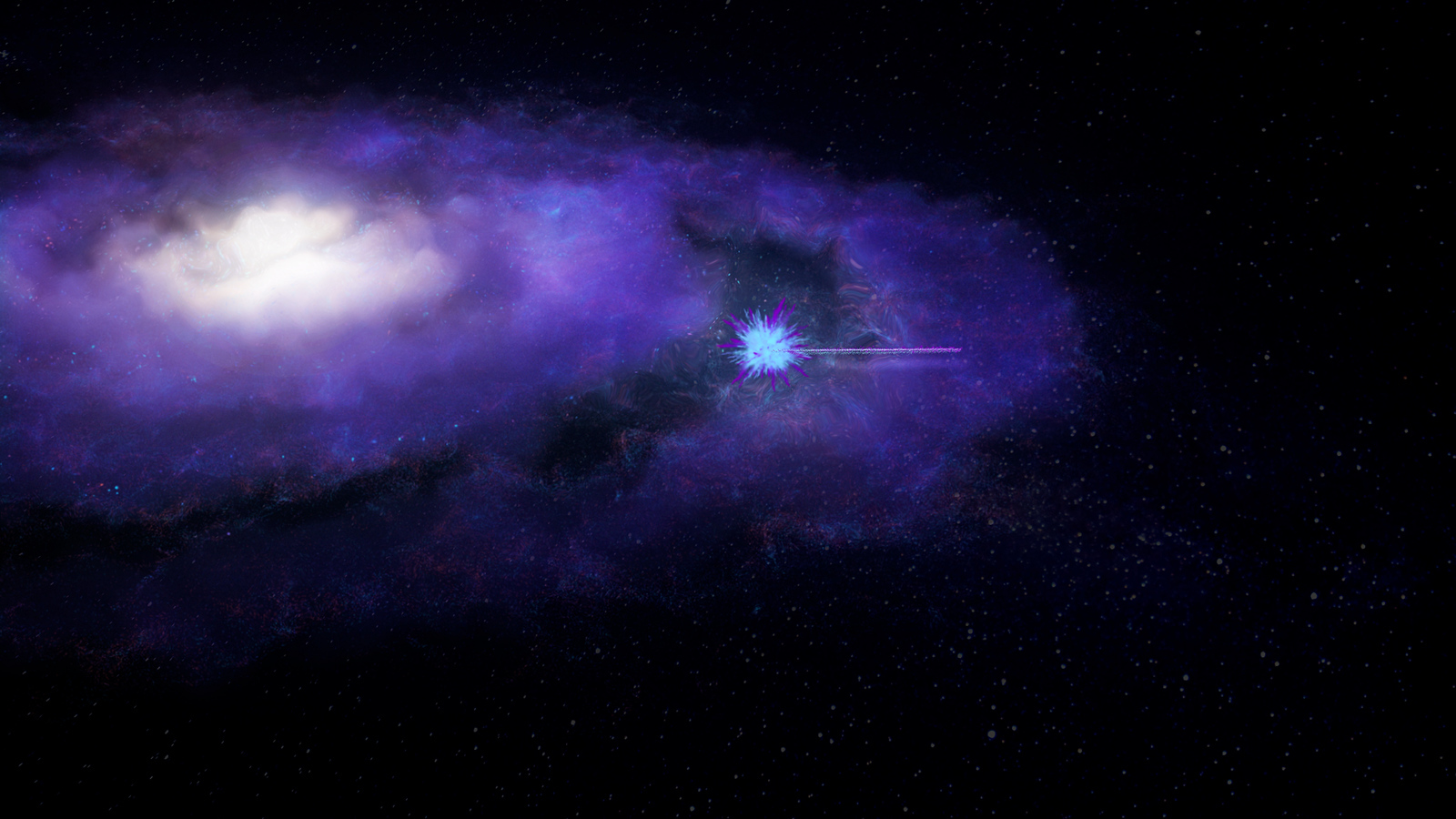Media release
From:
Journal/
conference: Nature Astronomy
conference: Nature Astronomy
Research:Paper
Organisation/s:
The University of Western Australia, International Centre for Radio Astronomy Research (ICRAR), Curtin University, ARC Centre of Excellence for Gravitational Wave Discovery (OzGRav)
Funder:
See paper for full funding declaration



 Australia; WA
Australia; WA


